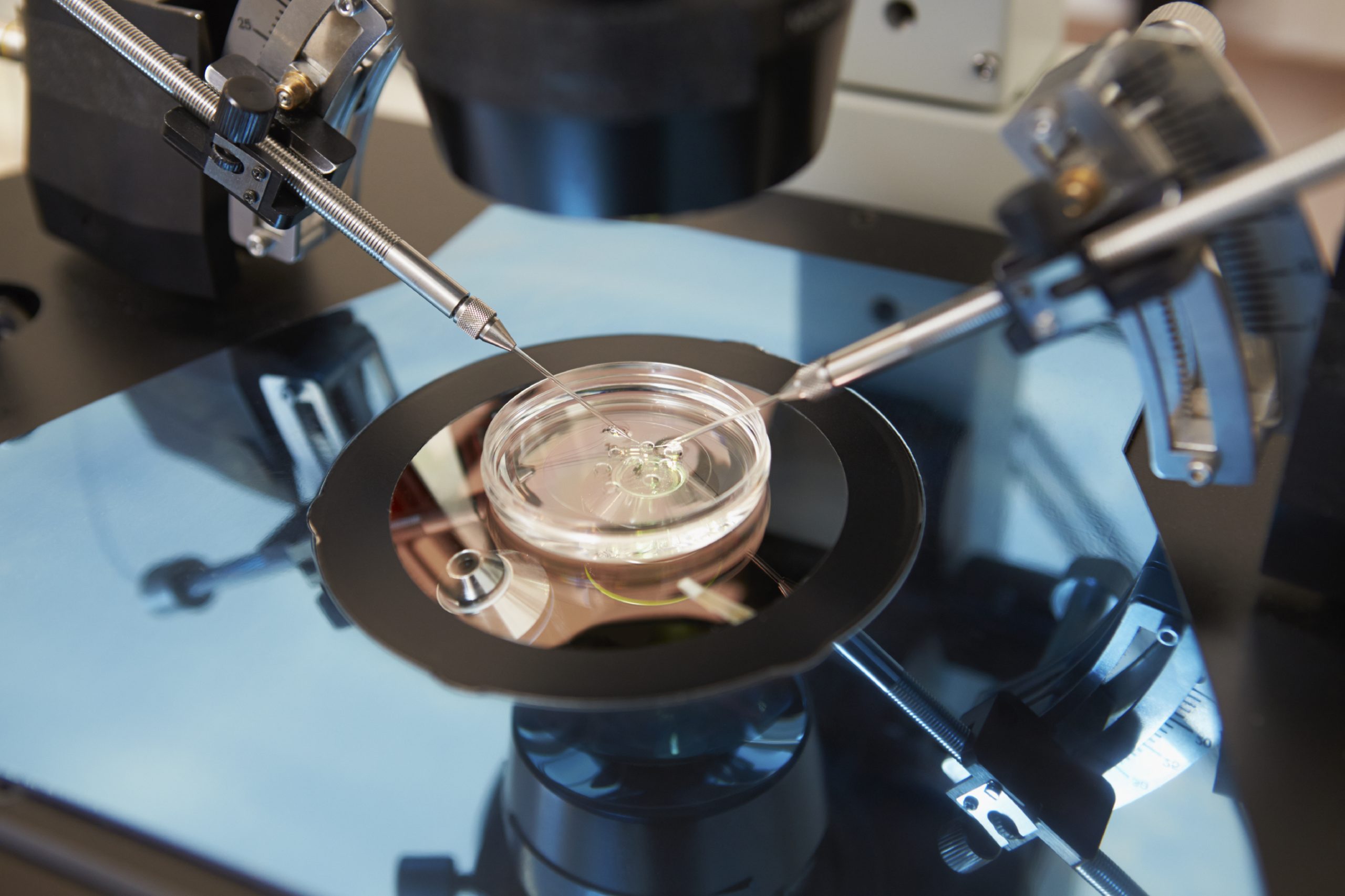The start-up company, Darwin Life, recently launched by American physician, John Zhang, offers three-parent IVF[1] (seeOne baby, 3 DNA, 3 transgressions) for women between 42 and 47 years of age, for the sum of $100,000. “Challenging”, the doctor therefore wants to use this controversial technique to “rejuvenate” the eggs of older women, allowing them to have a child with their genetic heritage. He has apparently already received one million dollars to finance his project. According to him, there is a 2 billion dollar market every year, given the number of older women wishing to have a child.
John Zhang has also founded the New Hope Fertility Center. Three-parent IVF was initially presented as a means of preventing affected women from transmitting mitochondrial diseases to their children. John Zhang has already performed three-parent IVF in Mexico. It was initially contested by his peers who believed that the technique was unreliable or even involved transmissible genetic modification without any hindsight (see Three-parent IVF: birth, uncertainties but no long-term follow-up). Furthermore, the technique is prohibited in the United States, but Darwin Life “offers it to foreign couples – the embryos will be created in the United States but implantation will take place in his Mexican clinic. (see 3-parent IVF: 20 births planned in Mexico.
The launch of such a business enterprise is worrying. The process is “too new”, “too risky” and will also increase the demand for egg donors. “This is human experimentation on a very large scale”, according to Marcy Darnovsky, Managing Director of the Centre for Genetics and Society (see[Interview with Jacques Testart] Three-parent IVF or the camouflaged return of human cloning,Birth of the first “three-parent baby”: a dangerous and irresponsible precedent).
Despite these criticisms, John Zhang does not want to stop there: the next step will involve gene editing to “enable parents to choose their baby’s hair or eye colour, or perhaps to improve the child’s IQ”.
MIT Technology Review, Emily Mullin (13/06/2017)

